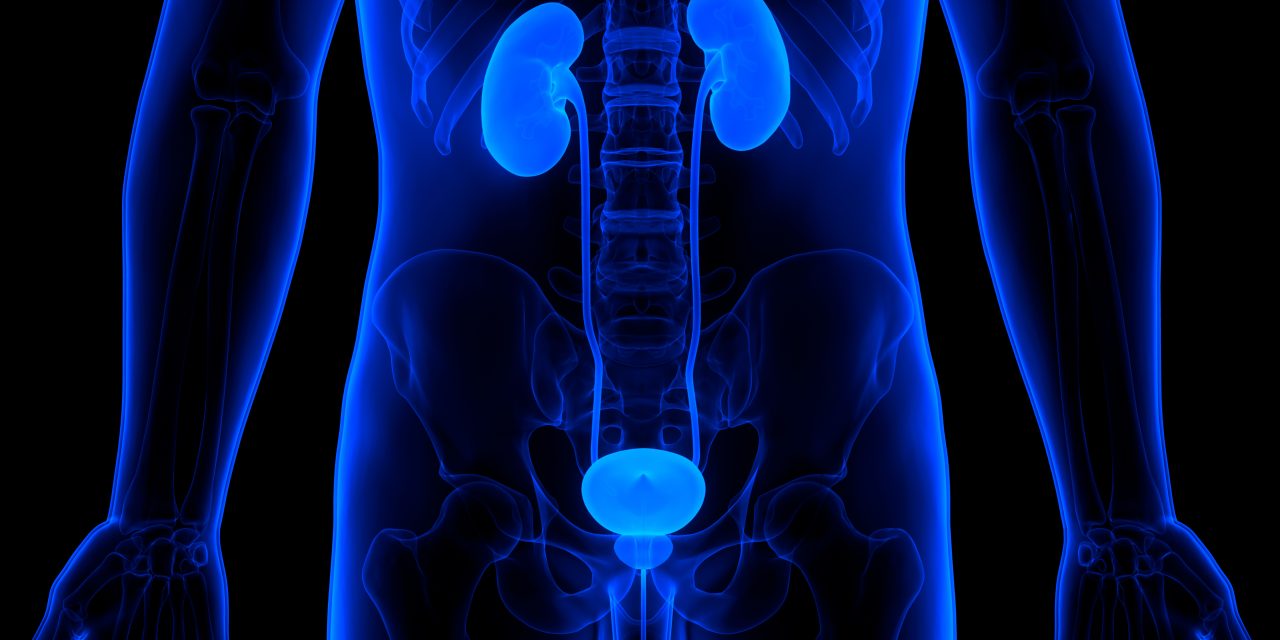We performed a meta-analysis to evaluate the safety of benign prostatic hyperplasia wound after surgical removal in subjects on anticoagulant or antiplatelet therapy. A systematic literature search up to December 2021 was done and 19 studies included 5715 benign prostatic hyperplasia subjects at the start of the study; 1501 of them were on anticoagulant/antiplatelet therapy, and 4214 were control. We calculated the odds ratio (OR) and mean difference (MD) with 95% confidence intervals (CIs) to evaluate the safety of benign prostatic hyperplasia wound after surgical removal in subjects on anticoagulant or antiplatelet therapy by the dichotomous or continuous methods with a random or fixed-influence model. Anticoagulant/antiplatelet therapy had significantly higher bleeding complication (OR, 1.88; 95% CI, 1.36-2.60, P < .001), higher blood transfusion (OR, 2.15; 95% CI, 1.63-2.83, P < .001), lower operation time (MD, -3.53; 95% CI, -6.80-0.27, P = .03), higher catheterization time (MD, 0.30 95% CI, 0.06-0.53, P = .01), longer length of hospital stay (MD, 0.82; 95% CI, 0.37-1.26, P < .001) and higher thromboembolic events (OR, 2.88; 95% CI, 1.26-6.62, P = .01) compared to control in benign prostatic hyperplasia subjects. Anticoagulant/antiplatelet therapy had a significantly higher bleeding complication, higher blood transfusion, lower operation time, higher catheterization time, longer length of hospital stay and higher thromboembolic events compared to control in benign prostatic hyperplasia subjects. Further studies are required.© 2022 The Authors. International Wound Journal published by Medicalhelplines.com Inc (3M) and John Wiley & Sons Ltd.
Benign prostatic hyperplasia wound after surgical removal in subjects on anticoagulant or antiplatelet therapy: A meta-analysis.


